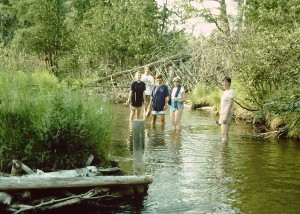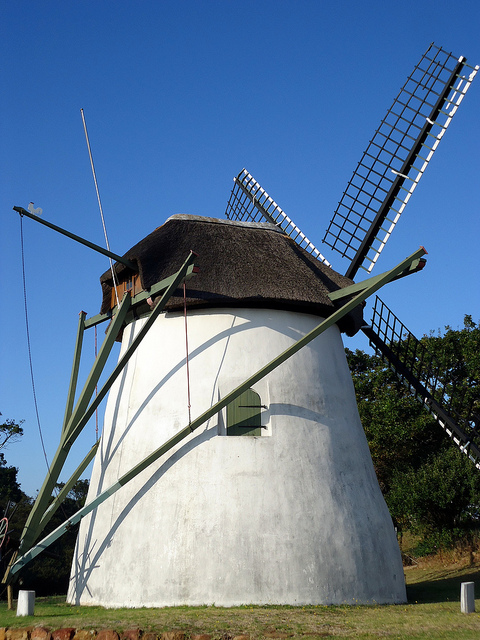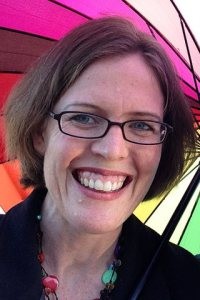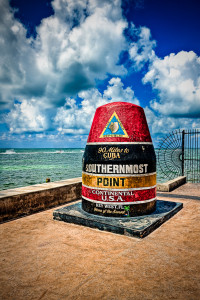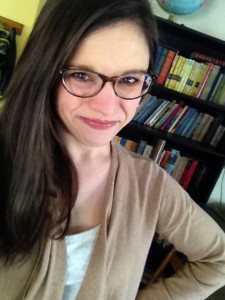The cathedral on a street corner downtown Hartford is unassuming on the outside. It’s easy to walk straight past it. It’s easy to walk straight past much in Hartford, a small city with large buildings which tower and preside over it. Financial institutions and insurance companies make their home in Hartford, and their buildings meld into one another. When experienced as a whole, their sheer height and the packed-in feeling of a tiny business district makes for a distinct indistinctness.
I have walked past the cathedral many times on my way to and from my downtown workplace. One day I looked at the place a bit closer. I was trying to find a church I’d heard of—one that owns the house that the poet Wallace Stevens lived in. I found myself at the cathedral, looking at it, and in it, for the first time.
The building is of a dark brown stone built in the gothic revival style some two hundred years ago, with a pointed pitched roof and high, arched doors on three sides. Venture in further and the doors open into the dark sanctuary. The walls are covered with frescoes and stained glass windows. Over the altar are miniature depictions of the symbols of the disciples and the shells of St. John the Baptist. On Sunday mornings the light streams faintly through the colored glass and the air is choked with incense. The curls of it rise up to the ceiling.
On Sundays I sit in my pew with the pew door carefully shut. I say carefully because the old wood has a tendency to bang against the jamb and it makes me want to run away, far and fast. Small talk and casual conversation, and indeed, casualness itself, are not in the fabric here. After the opening hymns and readings, the priest and acolytes process down the aisle for the gospel reading. The thurifer censes the book; clouds and puffs of thick scent waft into the air. And the priest scans the pages through the smoke and begins to read.
The cathedral reminds me of the church I left years ago. The seat of my childhood. That church is a mere sixty years old. It has been thoroughly modernized with proper plumbing and fresh expanses of white paint, and a state-of-the-art sound system for which the new sanctuary was designed. The pull of the cathedral, for me, is that it doesn’t get updated. It does remind me that it and the church I left exist in time. Time and space.
The cathedral seems to be getting smaller as new buildings rise around it. My old church gets bigger and newer, but its popularity waxes and wanes like air inhaled and then expelled from lungs.
One summer afternoon I sat with four other people on folding chairs on the tiny cement patio wedged between the cathedral and the rectory, with the sun shining hotly down on us. We were there for one of the midday concerts sometimes held during the week at the cathedral. That day a saxophone quartet, the artists in residence at the cathedral, played for an hour. The music was fresh and lively—a mix of klezmer and classical pieces transcribed for a sax quartet.
Memory tapped persistently at my mind again, of the kind of music played at the other place. The guitar and drum pieces punctuated in time by a short piece by Handel, played during the offertory. Short because the offertory is a slim, quick task there. At the cathedral it is all Handel, all Bach, all the time. The offertory there may be slimmer.
Time away from the old church has been good. I discovered the cathedral, which has been good. But like incense, once you’ve got it in your nose, you can’t unsmell it. You can’t unremember your memories.
* * * * *
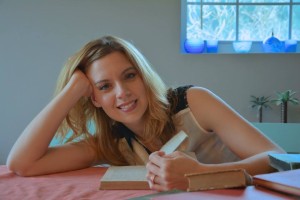 “Downtown Cathedral” was written by Elena Shekleton. Elena lives and works in Hartford and is moving across country to Colorado over the summer. She has a Masters in Comparative Literature for which she studied fairy tales and folklore and can say she is proudly acquainted with giants, dwarves, witches, clever princes, and enchanted cabbages from many different countries.
“Downtown Cathedral” was written by Elena Shekleton. Elena lives and works in Hartford and is moving across country to Colorado over the summer. She has a Masters in Comparative Literature for which she studied fairy tales and folklore and can say she is proudly acquainted with giants, dwarves, witches, clever princes, and enchanted cabbages from many different countries.

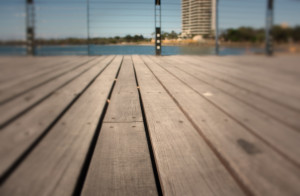
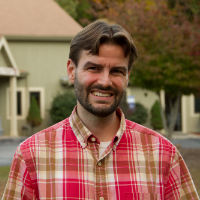

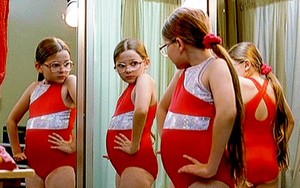 n outgoing temperament. I wasn’t up on current events or for that matter, pop culture. I had only been to one foreign country. I was hippy and full among a gaggle of skinny girls.
n outgoing temperament. I wasn’t up on current events or for that matter, pop culture. I had only been to one foreign country. I was hippy and full among a gaggle of skinny girls.
